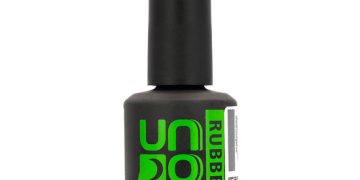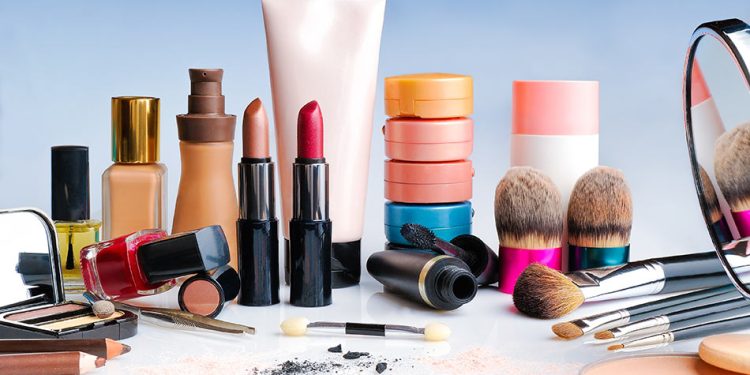Polymer ingredients account for a major portion of the cosmetic chemicals sector. They help prevent the growth of fungi and bacteria, which thrive in water. The chemical compounds used to preserve cosmetics differ in composition and quantity and range from 0.01% to 5.0%, depending on the product. Common polymer ingredients include glycerin, lanolin, and coconut oil. Emollients, meanwhile, are used to soften the skin. Thus, these chemicals act as a preservative for wide range of chemical products.
Although most cosmetic chemicals do not pose a significant risk to consumers, some have been linked to serious health problems. These chemicals enter the body through the skin and are absorbed via inhalation and internal consumption. These chemicals pose the same health risks as food ingredients and are often contaminated. Toxic makeup ingredients can even include heavy metals. Consumers should take precautions when using makeup, but they are generally harmless in low concentrations. It is possible to avoid chemicals in cosmetics by using natural and organic alternatives.
In addition to BHA and BHT, cosmetics contain various bioactive substances. Some of these chemicals are carcinogenic, causing liver, kidney, and thyroid problems. Other potentially harmful chemicals are coal tar dyes (CI), which are petroleum derivatives and classified as human carcinogens. Moreover, DEA-related ingredients can cause moderate skin irritation. They have been linked to liver cancer after prolonged exposure.
Apart from the microplastics, the overall pollution footprint of the cosmetics industry is heavily influenced by the use of plastics. Moreover, these ingredients must also be considered when choosing greener alternatives. Many microplastics, including polyethylene, are made from plastics, and they remain in the environment after washing off. Therefore, choosing greener beauty products is critical. There are numerous ways to improve the environmental footprint of the beauty industry.














